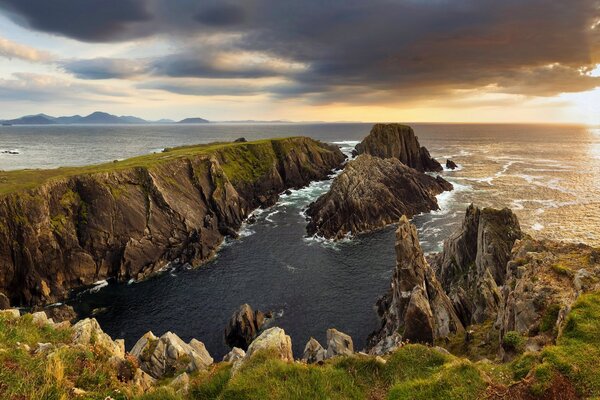
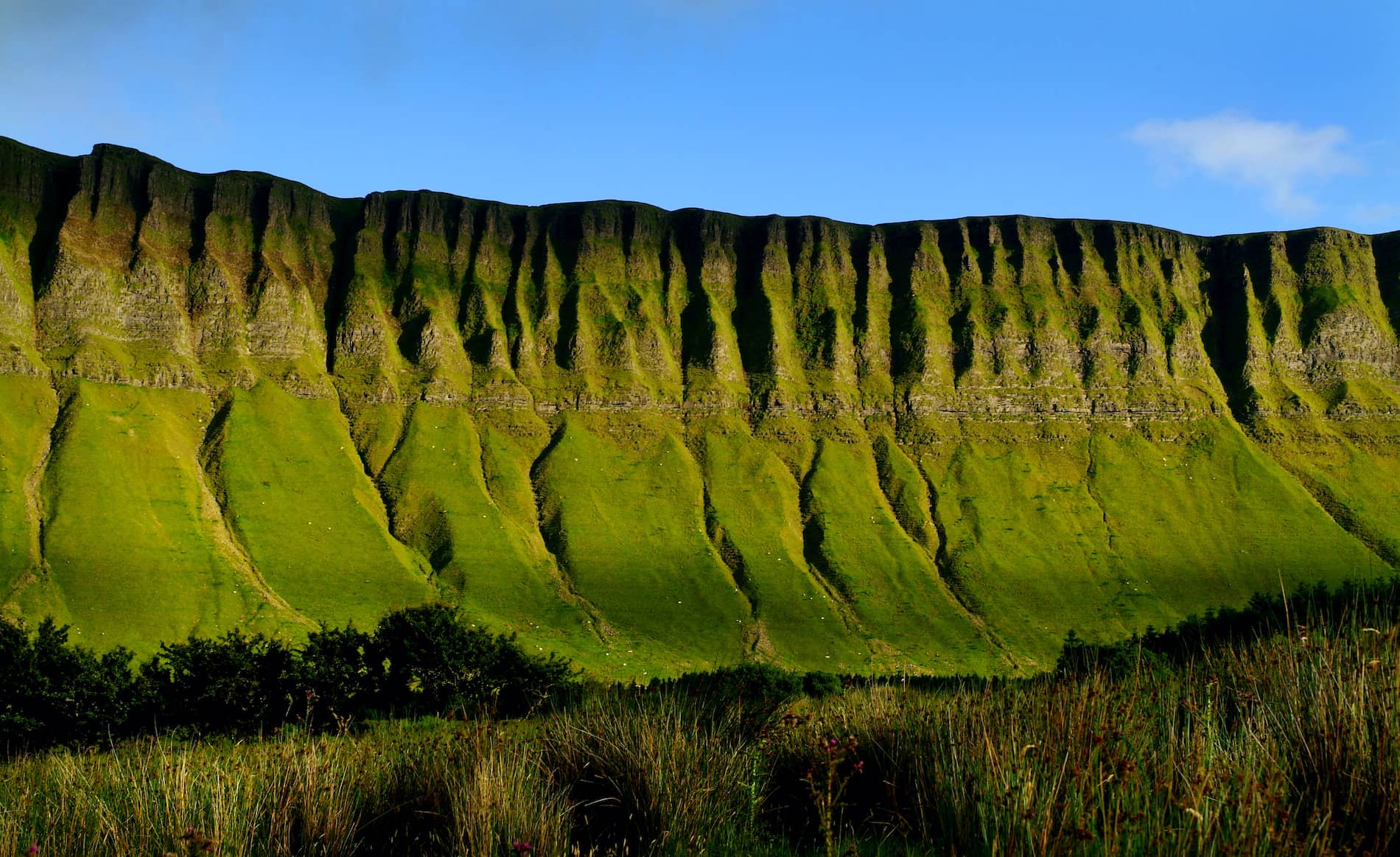
10 of the wildest places on the Wild Atlantic Way

With its unspoilt landscape, rugged coastline and those famous forty shades of green, Ireland is the place to go for anyone seeking to immerse themselves in nature. And when it comes to incredible wildernesses, the Wild Atlantic Way delivers. Take your pick from majestic National Parks, jagged sea cliffs and hauntingly beautiful valleys… it’s time to get wild.


Beara Peninsula, County Cork
1. Beara Peninsula, County Cork
Jutting out into the Atlantic Ocean, the Beara Peninsula in West Cork is as wild as you can get. Craggy yet beautiful, its landscape is punctuated with picturesque lakes, majestic hills and meandering roads hugging the coastline. There is a scenic cycle route for those wanting to keep to the main roads, but for the more adventurous at heart, a hike through the Caha Mountains is an unforgettable experience. Although sparsely populated, there are a number of great pubs on route, where locally made cheese, or fresh seafood accompanied by a pint of the black stuff is a must.

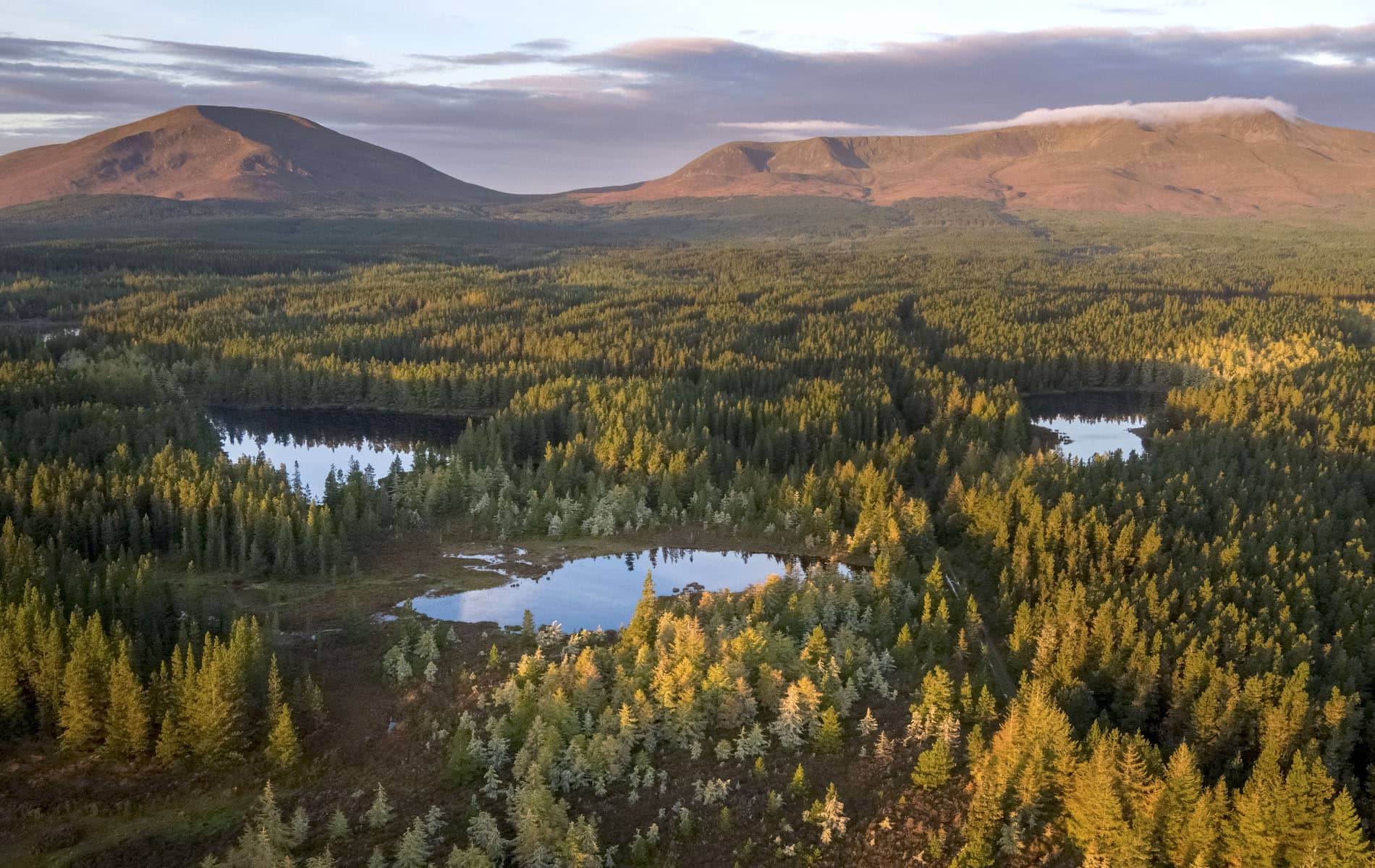
Wild Nephin National Park, County Mayo
2. Wild Nephin National Park, County Mayo
A vast expanse of mountains and untouched bogland, this remote area that makes up the national park will appeal to anyone who wants to get away from it all. A favourite spot for birdwatchers, there are also a number of hiking trails, one through the Nephin Beg Mountains, known for being the widest extent of blanket bog in Ireland. The area also boasts stunning coastal views with wild sea stacks, sheer cliffs and colonies of diving seabirds. There are a number of historical sites here, too, including Carrowteige, made famous in the mythological legend of the Children of Lir.

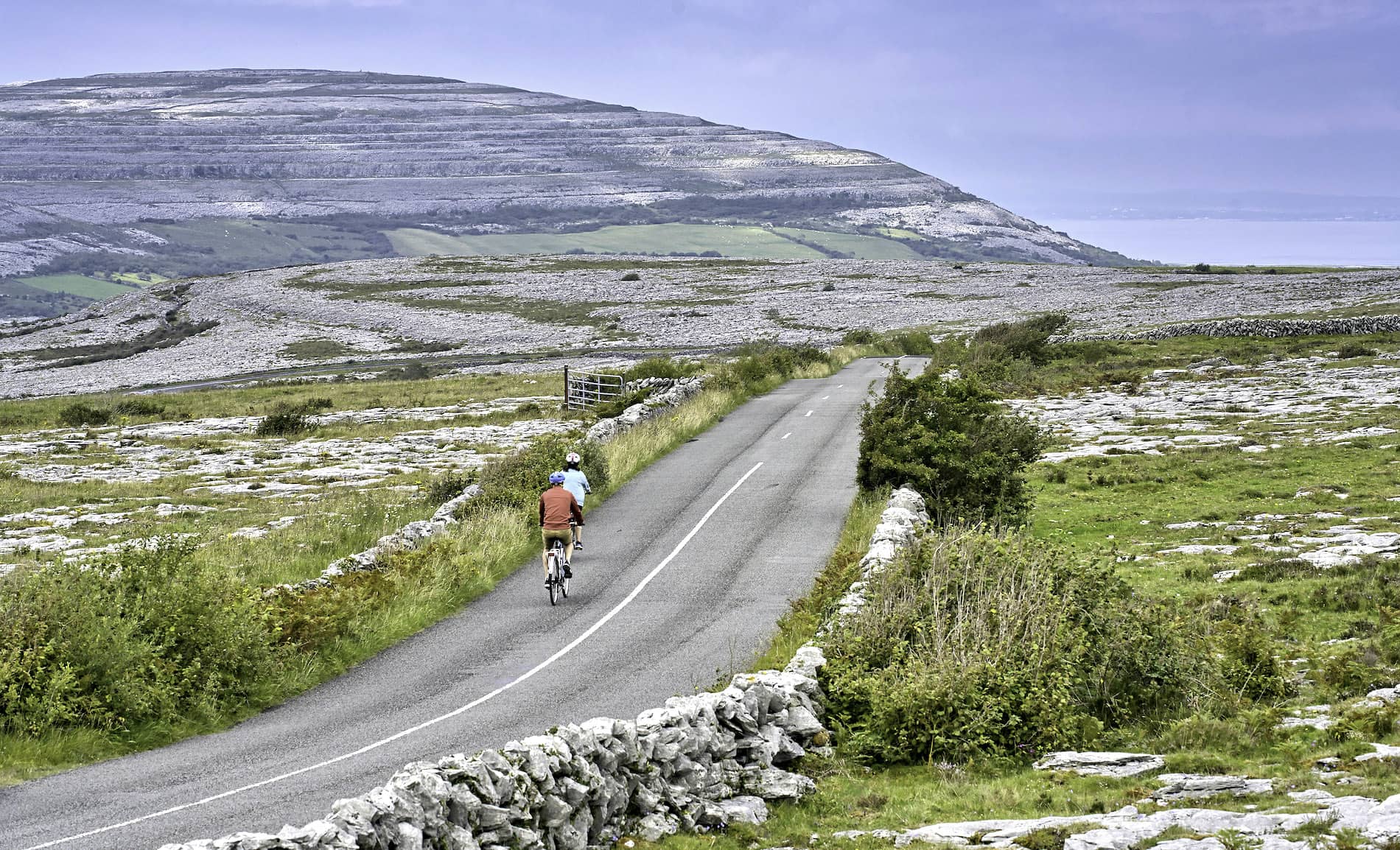
Mullaghmore Loop, The Burren, County Clare © Clare County Council
3. The Burren, County Clare
Renowned worldwide for its lunar landscape and Alpine flora, The Burren has long been a magnet for geologists and botanists. But it is also the ideal spot for walkers, nature lovers and anyone who wants to immerse themselves in a captivating karst limestone landscape. The 500sqm of rocky coastline, surrounded by hills, is punctuated by rare species of flora in a variety of eye-catching colours. There is also a network of underground caves and chambers, and history buffs will enjoy the archaeological remains, such as the Poulnabrone Dolmen, which offer an insight into an ancient past.

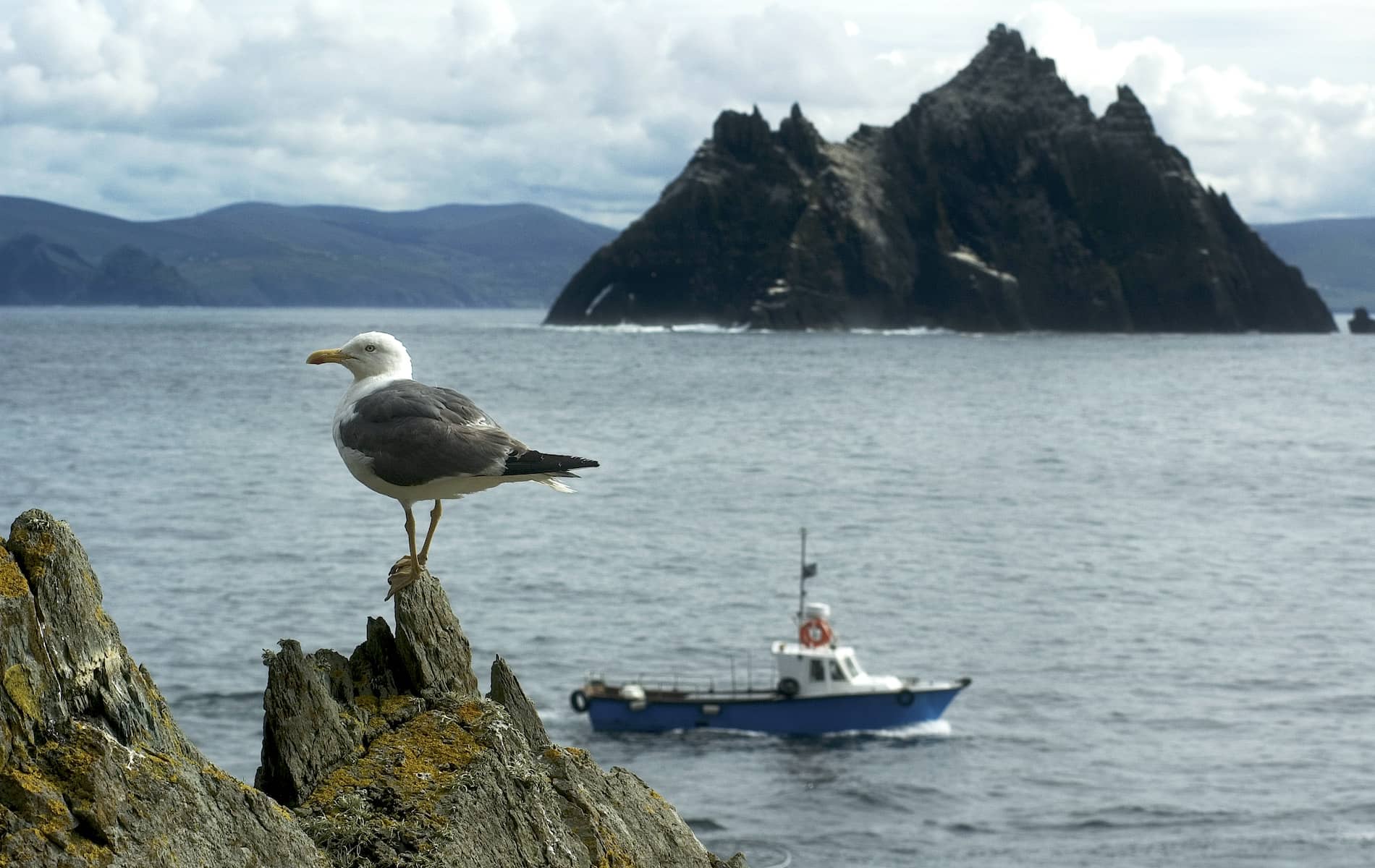
Skellig Michael, County Kerry
4. Skellig Michael, County Kerry
Located 11km off the coast of County Kerry, Skellig Michael, which was immortalised in Star Wars The Force Awakens and The Last Jedi, has to be seen to be believed. Renowned for its 6th century monastic settlements, Skellig Michael is a UNESCO World Heritage Site which offers an unforgettable and emotional experience for anyone who climbs to its summit to take in the breathtaking beauty and isolation, as well as the remains of a monastery that was inhabited by monks for 500 years. Wildlife enthusiasts will be rewarded with the sight of puffins and gannets, some who wander fearlessly amongst the curious human visitors.
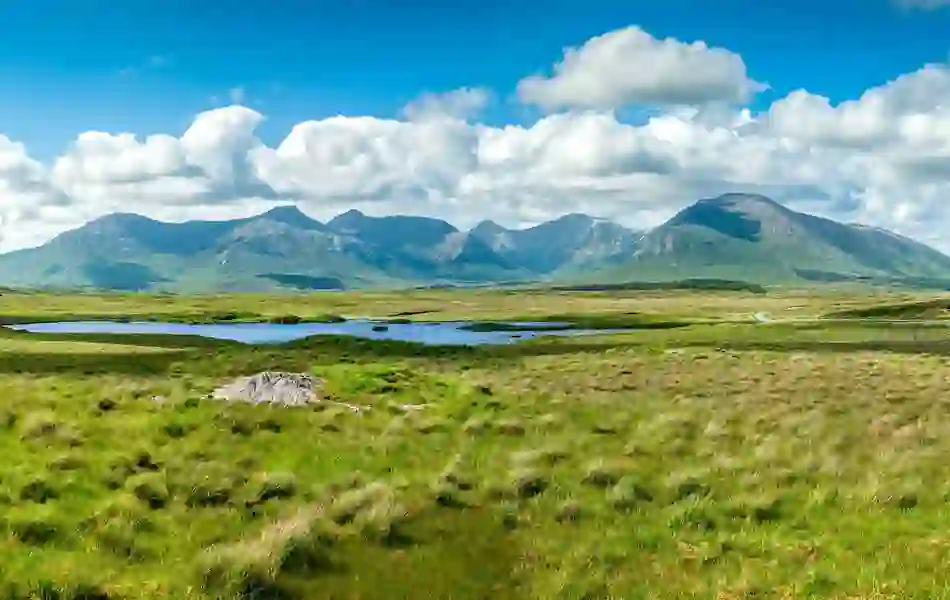
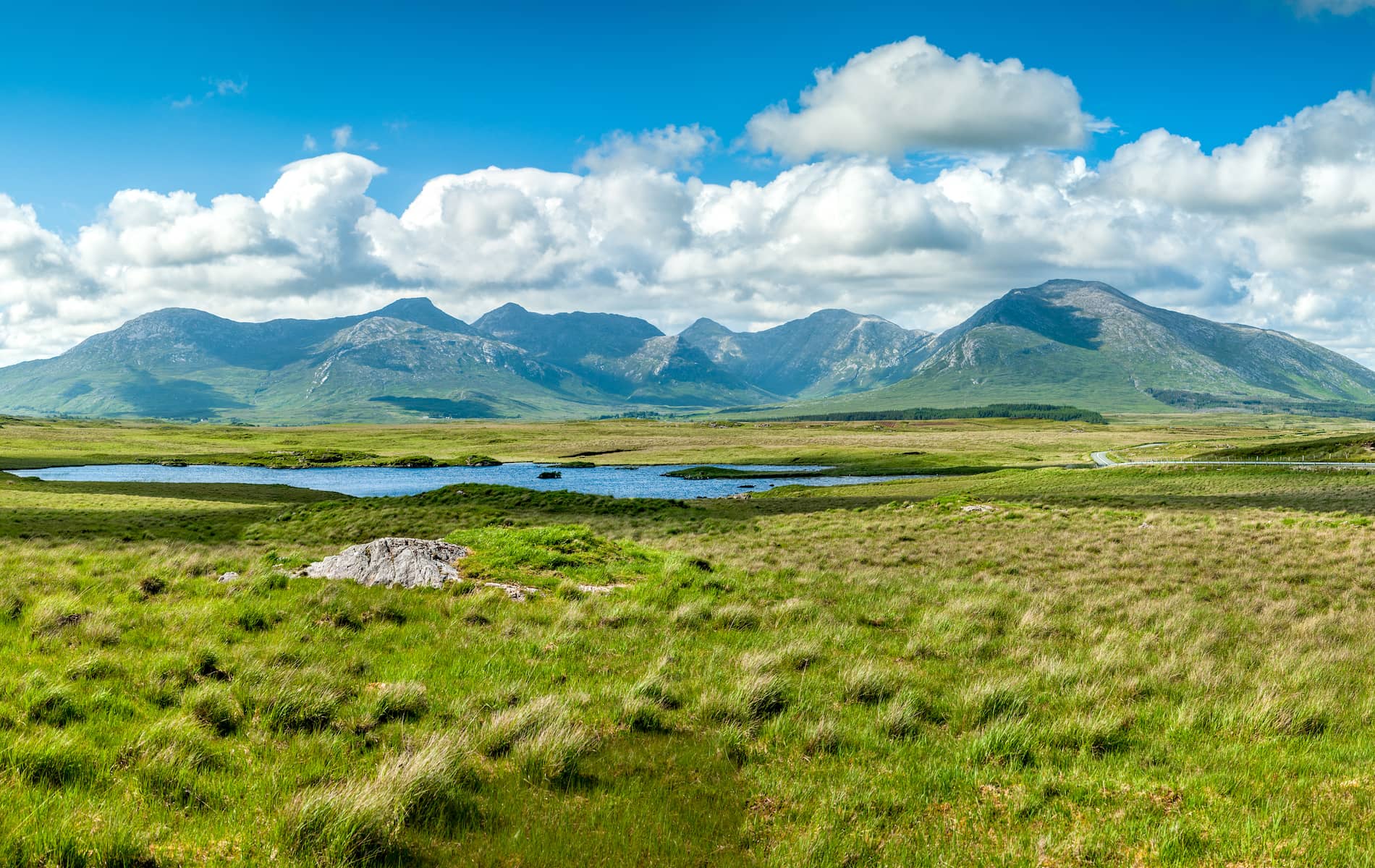
The Twelve Bens, County Galway © Big Smoke Studio
5. The Twelve Bens, County Galway
There are many wild and untamed locations in Connemara, but the raw beauty of the region is epitomised by the imposing Twelve Bens mountain range. With many trails for walkers looking to explore the area, those in search of solitude, will find much to enjoy here. Diamond Hill is an enjoyable trail, which is fully signposted and takes about 1.5 hours to complete on the Lower Walk. It’s super-scenic and there are plenty of picturesque villages to visit afterwards for some well-deserved refreshments.


Glenveagh National Park, County Donegal © Chris Hill Photographic
6. Glenveagh National Park, County Donegal
Known as one of the best places to spot wildlife in Ireland, Glenveagh is home to one of the largest herds of red deer in the country – as well as the golden eagle, which was reintroduced to Ireland in 2000, having been extinct in the wild for over 100 years. The second largest national park in the country, the remote, but stunning landscape offers a variety of different walks to suit all levels of ability and there is also a castle, visitor centre and landscaped gardens, while anyone looking to get away from it all can opt for a number of trails which lead off the beaten track.


Mizen Head, County Cork © Dave Walsh
7. Mizen Head, County Cork
The most southerly tip of Ireland, Mizen Head juts out into the Atlantic, so much so, that it is almost an island, connected to the mainland by a bridge. Noted for dramatic cliffs and unrivalled views across the ocean, which regularly feature seals, whales, dolphins and other marine and bird wildlife, the signal station and lighthouse are popular with visitors. But for those who want to revel in peace and quiet, the nearby peninsula of Sheep’s Head is filled with great walking trails and Atlantic views.

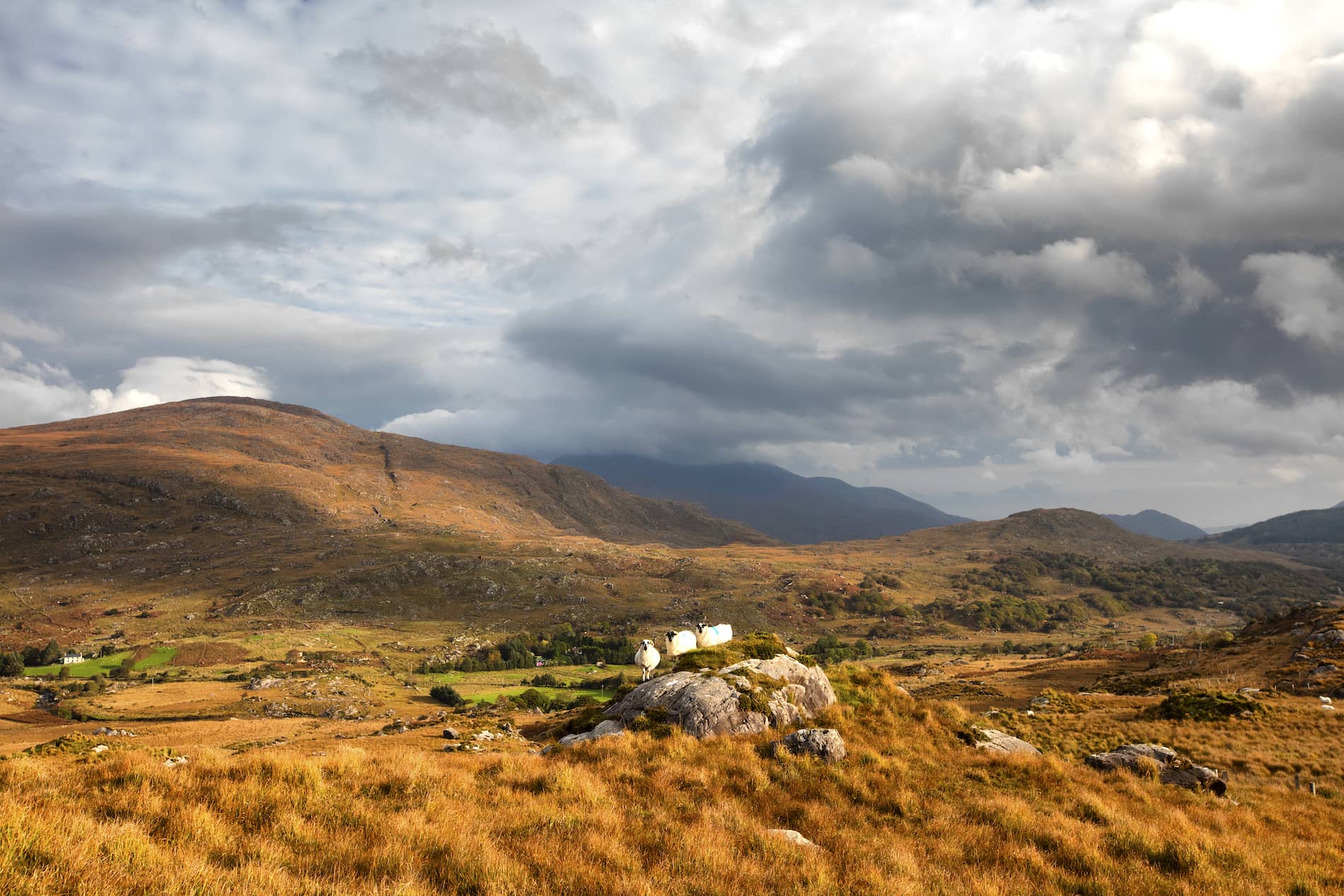
Black Valley, County Kerry
8. Black Valley, County Kerry
Despite its name, the Black Valley in County Kerry is not so called because of the colour of the land but because it was without electricity until 1976. Located at the southern end of the MacGillycuddy Reeks mountain range, with the Gap of Dunloe to the south and Moll’s Gap to the north, this remote valley is a magnet for walkers wanting to experience the natural beauty of the area. It is ideal for anyone seeking isolation, but it’s important to be aware – mobile phone coverage can often be patchy.


Doolough Valley, County Mayo
9. Doolough Valley, County Mayo
Nestled amongst mountains and lakes, the unspoilt surrounds of the Doolough Valley are an antidote to the busyness of modern life. Located just 30km from Westport, this beautiful area is overlooked by Ben Lugmore and Ben Gorm and is a haven for hikers, climbers and nature lovers. It’s also a place to remember a tragic time in Irish history with a stone Famine memorial in memory of those who died in 1849.


Ben Bulben, County Sligo
10. Ben Bulben, County Sligo
Shaped during the Ice-Age, Ben Bulben is an imposing sight. Undoubtedly the most distinctive mountain range in Ireland, with its “table-top” feature, the flat-topped summit is the perfect place to enjoy stunning views of the surrounding County Sligo countryside, Sligo Bay and even on occasion, the hills of Donegal. Hiking to the top is an experience in itself as there is an abundance of flora and fauna, including wild hares and foxes and plants dating back to the Ice Age. The vista is ever changing with rivers, wild gullies, waterfalls, glacial tracks and a steep cliff face. Lovers of literature will also enjoy visiting the grave of WB Yeats at Drumcliffe churchyard located nearby.

































